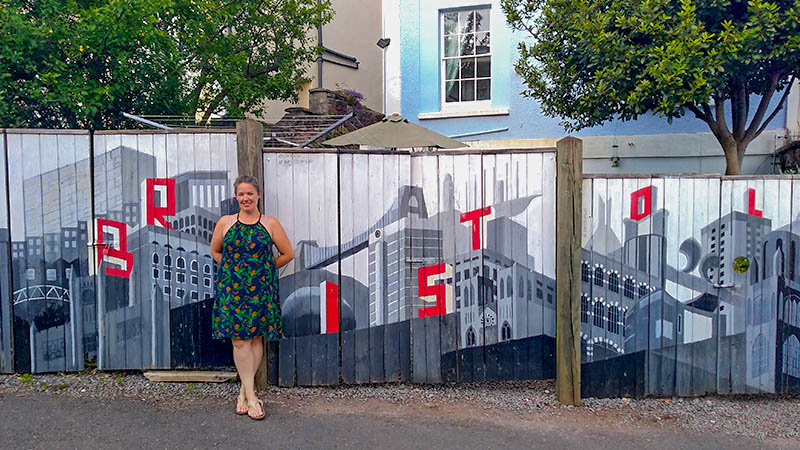Introducing Elaine Carr – she’s one of Amalgam’s senior makers. Elaine has a post-grad in…
Model making and Prototyping – Cost versus Value for money
Model making and Prototyping clients often ask…
“Why is model making and prototyping so expensive?”
I have to admit, I can see their point. What we do at Amalgam is costly. Sometimes I find myself reluctant to charge a struggling inventor or small company our normal hourly rate for a project. Of course, if one draws a direct comparison with the hourly rates charged by a garage to service your car, a drain cleaning contractor to un-bung your pipes or financial advisor to manage your pension, leave alone the cost of a solicitor to sort out even the most straight-forward legal matter then suddenly our prices look down-right reasonable – but I digress.
So, why does model making and prototyping at Amalgam cost what it does? The answer of course, is not simple and straight-forward, there are many factors to take into account.
Some model makers will cost substantially less per hour than Amalgam. there are many one or two person operations working from garden sheds and garages who can produce a perfectly good model – if you happen to call when they are available and if you can wait while they source the materials, then produce your model using their limited resources. They do not have the overheads of Amalgam and so can charge considerably less. Amalgam is an established model making and prototyping specialist of almost thirty years standing, with considerable resources and facilities – all available at a moments notice.
Others will employ an unskilled or inexperienced workforce or outsource to a company in a country where overheads are less – at Amalgam we do most things in-house, are open about the processes we do outsource (Even we cannot manage to be experts in every field!). What’s more we positively encourage our clients to visit and offer input right through the design and build process. We want to become an integral part of your project, not a remote service bureau or anonymous supplier. We also aim to employ, not the cheapest workforce – but the best. Amalgam directors visit degree shows every year and maintain links with some of the top universities in order to have the pick of the crop talent-wise. Although making a profit is an essential to staying in business, at Amalgam we are driven by the desire to produce the best result we can, not the cheapest.
Some companies offer “The fastest”, “The cheapest”, “The biggest”… For which I think you can substitute words like “Budget”, “Automated”, “Mass-produced” and so on. One rival even paraphrases a commercial for woodstain saying “We do exactly what it says on the CAD”. At Amalgam we are different. We take an interest in each and every project, we try to understand what you need from your model or prototype then we do our level best to make sure you get it.
So yes, model making and prototyping done by Amalgam does often cost more than some of our rivals – but rather than looking at the number with the “£” in front of it consider the value and service levels you can expect from us. We think your project is worth it – don’t you?
This rant was inspired by something I found on the internet a while back – it is reproduced below for your consideration.
Thought for the day
“It is unwise to pay too much, but it is also unwise to pay too little.” “There is hardly anything in the world that someone cannot make a little worse and sell a little cheaper, and the people who consider price alone are that person’s lawful prey. It is unwise to pay too much, but it is also unwise to pay too little. When you pay too much, you lose a little money, that is all. When you pay too little, you sometimes lose everything because the thing you bought is incapable of doing the thing you bought it to do. The common law of business balance prohibits paying a little and getting a lot… it can’t be done. If you deal with the lowest bidder it is well to add something for the risk you run. And if you do that you will have enough to pay for something better.”
Mike Harvey, Director Amalgam Modelmaking March 2013.


